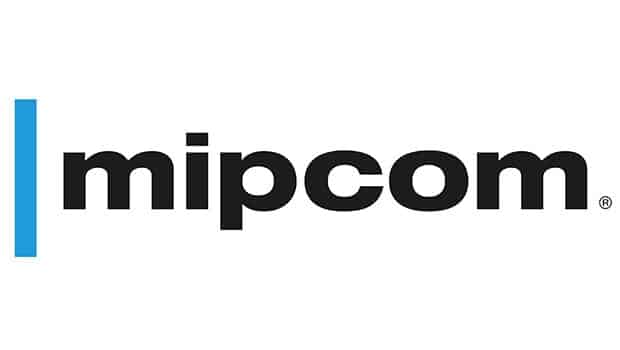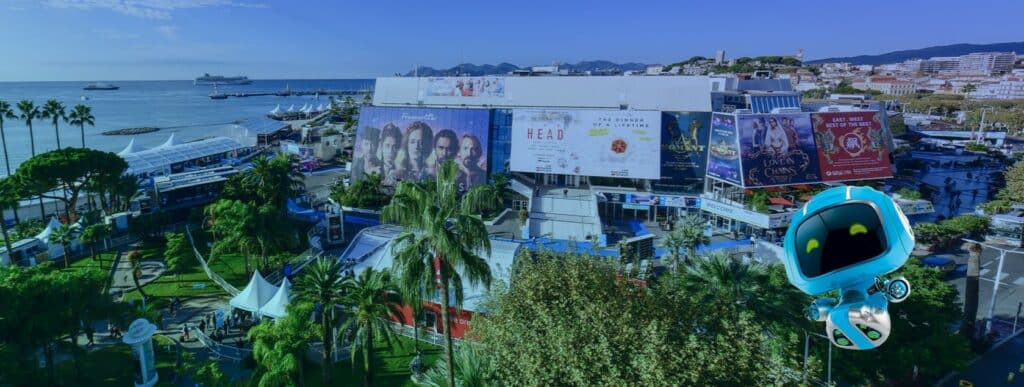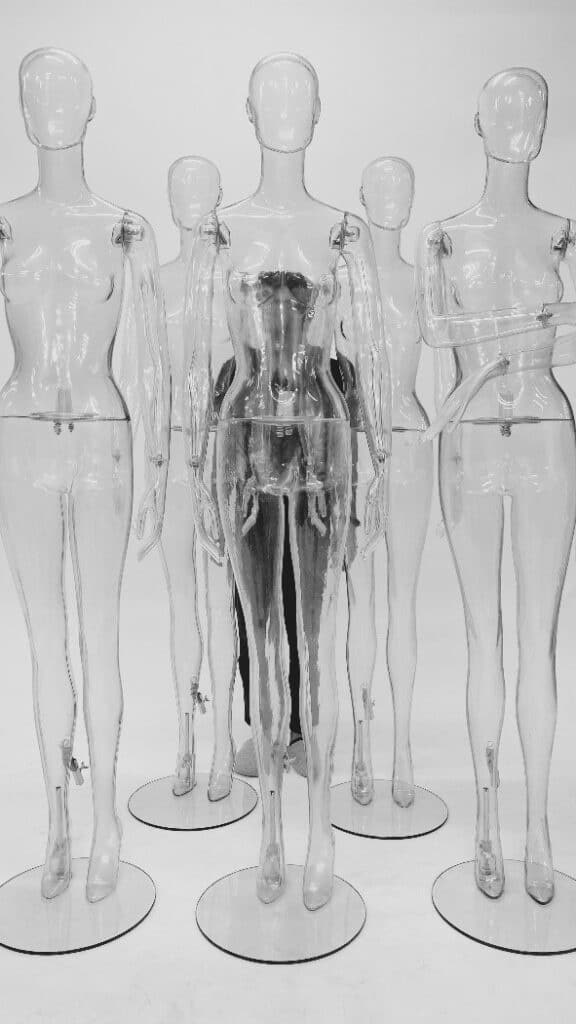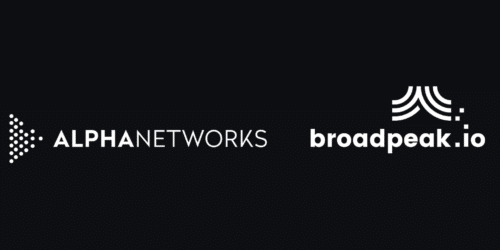
This year, we decided to attend mipcom in beautiful Cannes and dive into the world of content trading. After all, our platform is primarily for Content Providers, so it makes sense to understand better how our customers select and buy the content they stream.

While this market focuses on content rights and licensing trading, the ecosystem is relatively composite. On the one hand, studios, producers, and agencies are trying to sell their content (movies, series, catalogs). On the other hand, broadcasters, programmers, and aggregators need to fill up their offerings and usually buy distribution rights.
Although this is a simplified view of the ecosystem, we can see the mipcom event as a marketplace. This year was however a bit different in the sense that Ad-supported “you name it” was of course on everyone’s lips. Yes, the streaming industry is shifting towards AVOD and FAST.
Choosing the right mix
FAST, or Free Ad-supported Streaming Television, is, of course, triggering a whole new set of questions and options.
- For Content Providers:
- At what stage do you engage?
- What content do you license?
- What revenue can you expect?
- How long do you need to license it for?
- Should it be exclusive per publisher?
- For Publishers:
- What themes and genres should you select, should your build your own channels or pick pre-aggregated ones?
- How deep should you go into content curation?
For the latter, we thought of the following stages:
- Stage 1: Dip your toes in FAST water with a few pre-aggregated channels
- Stage 2: Increase your channel count and enrich your segmentation (more channels, themes, and genres)
- Stage 3:
- Personalize
- Increase content quality (more recent content, live content, exclusive original content)
- Increase refresh rate
While the first two phases are the most immediate ones to get started, the range of options highlighted in step 3 are the most interesting ones to build a longer-term profitable FAST strategy. The question is what options to engage in, and in which sequence?

Transparency
As all parties in the ecosystem are exclusively living off the ad revenue, visibility on this component is becoming of utmost importance. Monitoring audiences and associated ad impressions is essential to decide when and how to transition from one phase to another. This data is the basis for controlling and fine-tuning your FAST business strategy.
For Content Providers, this insight is essential to know what part of the catalog is generating revenue and how quickly it is happening.
For Publishers, those analytics are needed to know what channels are taking off, how long to wait until swapping to another channel or whether your revenue projection is likely to happen.

Ad Tech and NFT on the horizon
On the technology side, one of the most exciting meetings we had was with Lucas Constantini, the CEO of Inway Media. This company is investigating, among other topics, how NFT and blockchain could be used in media workflows, for instance, through OpenSea, one of the largest NFT marketplaces.
We were brainstorming together about combining targeted dynamic ad insertion with NFTs. In this case, an end user would acquire an advertiser NFT after acknowledging a sequence of impressed targeted ads.
Upon completion, the viewer could get a digital voucher (QR code-based coupon) to buy the brand product. Alternatively, this voucher could also give some credit to watch an extra series or episodes “for free”. We found the latter case very compelling as this model boosts media consumption (actually subsidized by the advertiser in this case).
First, experiments conducted by brands such as Pepsi and Lacoste seem to open up a whole new technology cycle. It may very well give a hint to what could be the future of what we call blockchain ad tech.

Do you want to join the new force transforming advertising? You will like to know bpk.io!
All in all, we must acknowledge that the combination of content trading and ad tech is fascinating. What is being done today with self-serve SSAI is the beginning of what ad targeting services will enable tomorrow.
If you’d like to know more about how broadpeak.io could help you generate revenue with FAST channels or monetize your content with Dynamic Ad Insertion as a service, reach out to us (contact form or email us to contact@broadpeak.io).
Banner photo by Jim Thirion on Unsplash










